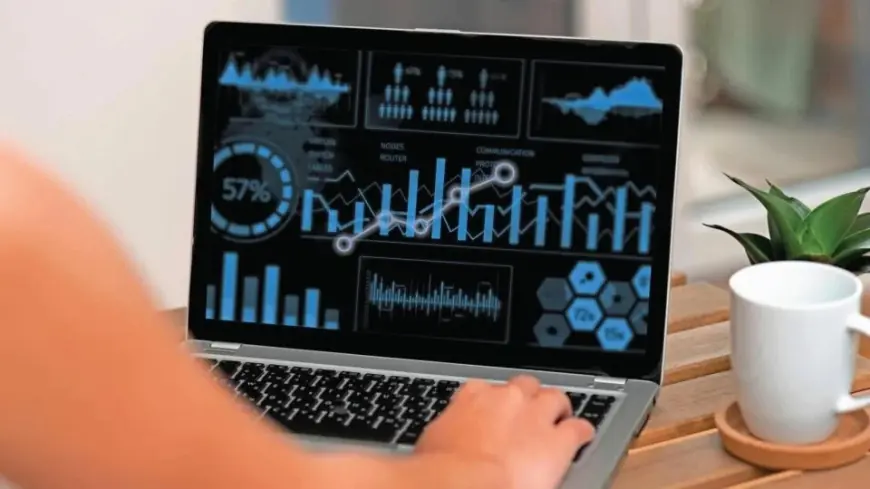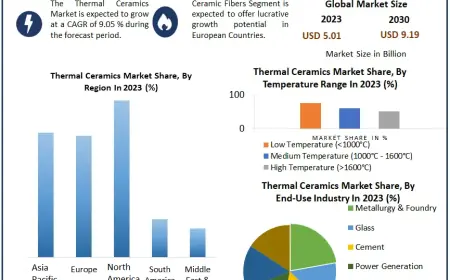Mastering AI-Powered Data Visualization in 2024: Preparing for the Next Wave in 2025
2025-ready AI data visualization tools to elevate B2B dashboards with real-time insights, predictive analytics, and customizable visualizations.

As we close out 2024, the pace of data visualization innovation will continue to accelerate. For B2B businesses, the ability to transform complex data into actionable insights is now a necessity rather than a luxury. Central to this evolution is Artificial Intelligence, which is reshaping dashboards and data visualizations to enable organizations to make faster, more impactful decisions. Looking ahead, 2025 is set to be a defining year for large language models (LLMs), real-time analytics, and advanced machine learning algorithms that will elevate AI-driven data visualizations. Here’s a toolkit and strategy guide to make your data dashboards shine while preparing you for the future.
Advanced Use Cases: How AI Dashboards Drive B2B Success
As businesses prepare for 2025, AI-driven dashboards will become essential in various strategic areas:
Sales Forecasting and Lead Scoring: AI algorithms can now predict lead conversions based on historical sales data and real-time interactions, prioritizing high-value prospects for better conversion rates.
Customer Behavior and Sentiment Analysis: AI analyzes unstructured data, such as social media posts and reviews, to gauge customer sentiment and predict behaviors, helping B2B companies plan proactive strategies.
Supply Chain Optimization: AI optimizes inventory, supplier relationships, and delivery efficiency through real-time performance metrics, detecting disruptions before they impact operations.
Risk Management and Compliance Monitoring: In regulated industries like finance, AI-powered dashboards support compliance monitoring and fraud detection, enabling timely responses to mitigate risks.
Ready for 2025? Choosing Your AI Data Visualization Tools
When selecting your AI data visualization toolkit, consider the following:
Scalability: Choose tools that scale with your data needs. Cloud-based solutions like AWS and Google Cloud offer seamless scalability.
Ease of Use: AI tools should be accessible to your team. Look for intuitive user interfaces and natural language querying capabilities.
Integration Capabilities: Opt for tools that integrate smoothly with other enterprise systems, like CRM and ERP, to create a unified data ecosystem.
Cost-Effectiveness: Ensure a solid ROI by selecting tools with flexible pricing and clear value in terms of time savings and improved decision-making.
Preparing for 2025 with AI-Powered Dashboards
As we move into 2025, AI in data visualization is becoming the industry standard rather than just a trend. With the right tools and strategies, you’ll be equipped to leverage real-time data, predictive insights, and customizable dashboards to thrive in a competitive B2B landscape. Preparing your data visualizations today sets your business up for tomorrow’s success.
Start by reviewing your current toolkit and embracing AI-powered technologies to propel your business forward into 2025.
To Know More, Read Full Article @ https://ai-techpark.com/2025-ai-data-visualization-toolkit-for-b2b/
Related Articles -
What's Your Reaction?
 Like
0
Like
0
 Dislike
0
Dislike
0
 Love
0
Love
0
 Funny
0
Funny
0
 Angry
0
Angry
0
 Sad
0
Sad
0
 Wow
0
Wow
0















































